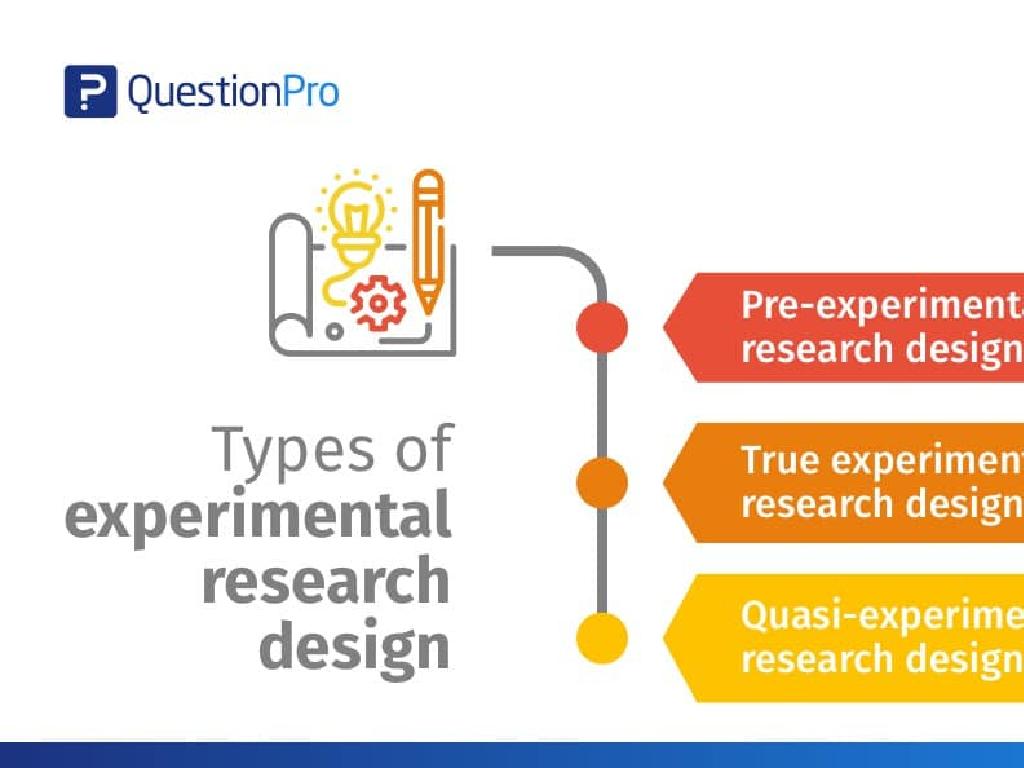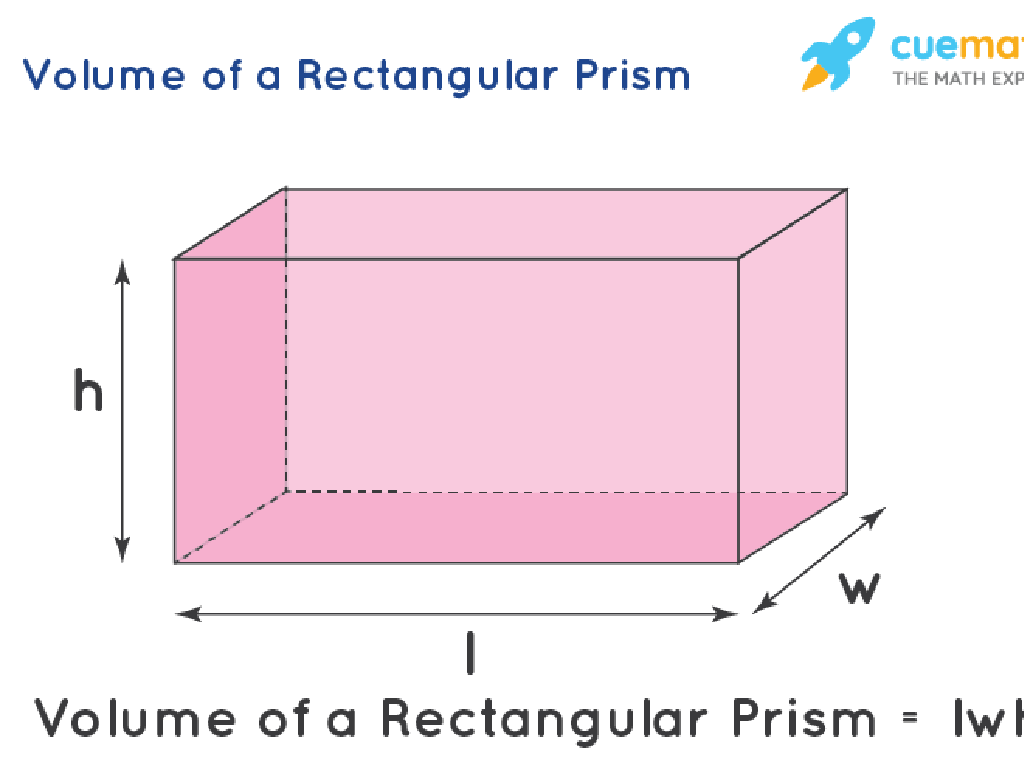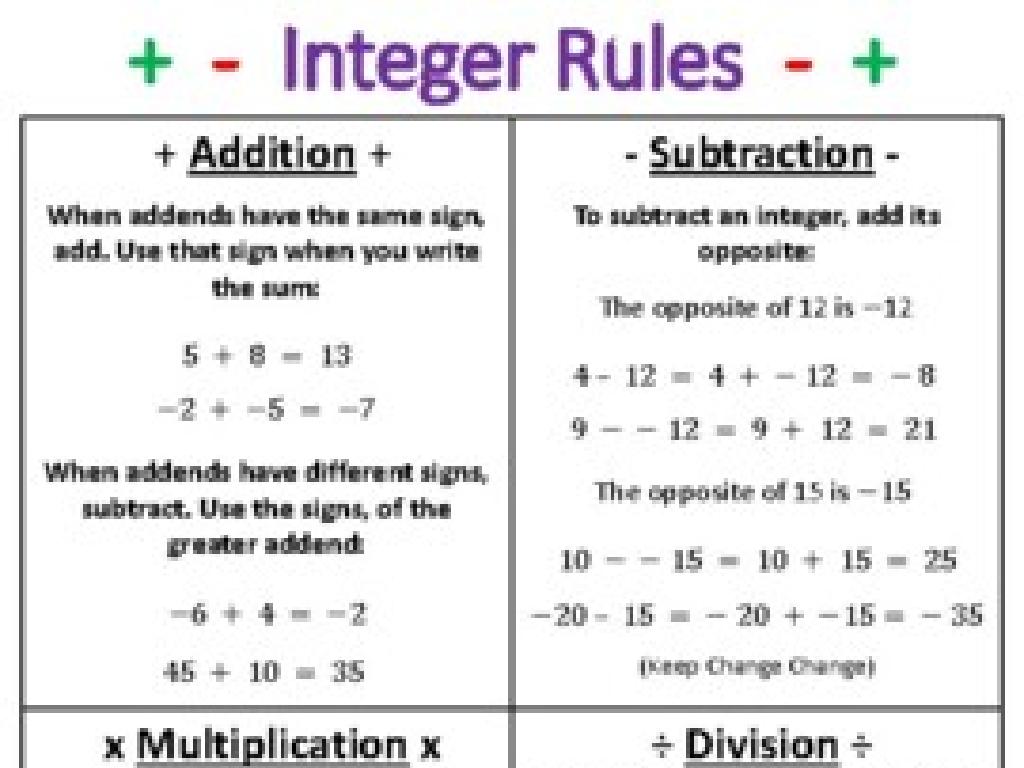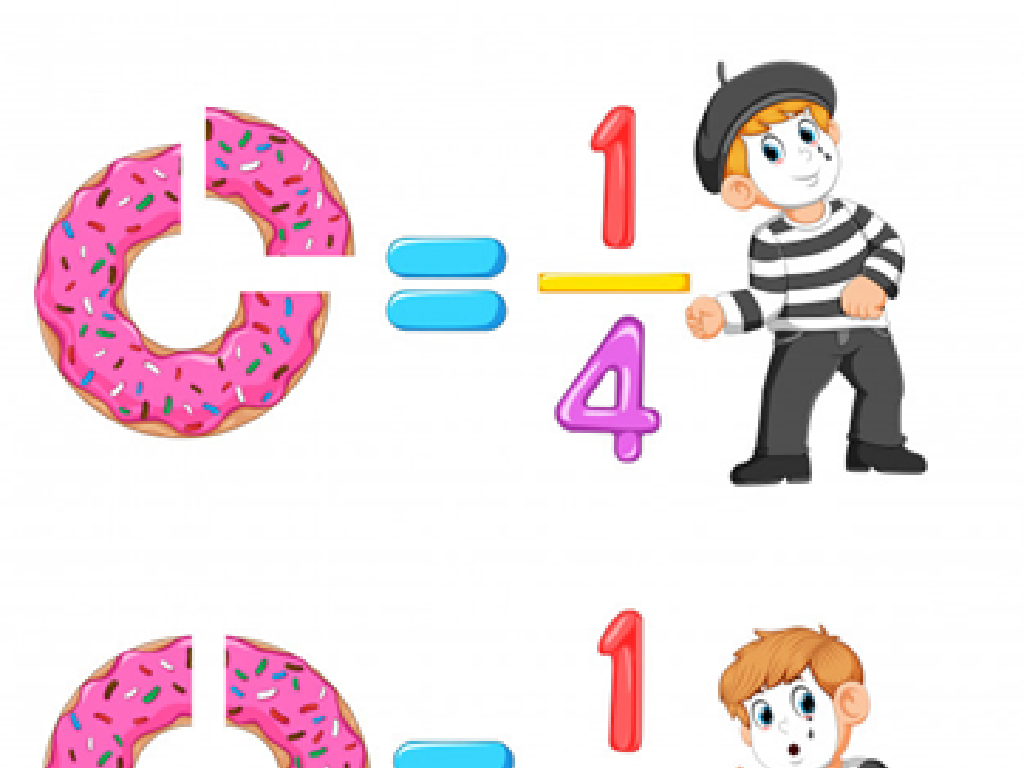Genetics Vocabulary: Dominant And Recessive
Subject: Science
Grade: Sixth grade
Topic: Anatomy And Physiology
Please LOG IN to download the presentation. Access is available to registered users only.
View More Content
Genetics: Dominant vs. Recessive Genes
– Genetics vocabulary introduction
– Traits make us unique
– Traits like eye color, hair color, and height
– Dominant genes overpower recessive
– Dominant: Brown eyes over blue eyes
– Recessive genes express in pairs
– Recessive only shows if both genes are recessive, e.g., blue eyes
|
This slide introduces students to the basic vocabulary of genetics, focusing on the concepts of dominant and recessive genes. Explain that traits are characteristics that make us unique and are determined by genes. Dominant genes are the stronger genes that show their effect even if there is only one copy of that gene present. Recessive genes require two copies to show their effect. Use examples like eye color to illustrate these concepts: brown eyes (dominant) vs. blue eyes (recessive). Encourage students to think about their own traits and which might be dominant or recessive. This will set the foundation for understanding how traits are passed down through generations.
Exploring Genetics: Dominant & Recessive Traits
– Genetics: study of heredity
– Heredity is how traits are passed from parents to offspring.
– Gregor Mendel: genetics pioneer
– Mendel’s pea plant experiments laid the foundation for genetics.
– Traits: how organisms look & function
– Genetics influence physical appearance, behavior, and health.
– Dominant vs. recessive traits
– Dominant traits overpower recessive ones, which can hide in a carrier.
|
This slide introduces the concept of genetics, focusing on heredity and the role of dominant and recessive traits in determining an organism’s characteristics. Begin with a definition of genetics and its importance in understanding life’s diversity. Introduce Gregor Mendel and his groundbreaking work with pea plants, which led to the fundamental laws of inheritance. Explain how genetics influence not just the way living things look, but also how they function and behave. Highlight the difference between dominant and recessive traits, using examples like eye color, where brown is dominant and blue is recessive. Encourage students to think of traits in their families and which might be dominant or recessive.
Genes and Alleles: The Basics
– What are genes?
– Genes are DNA segments that determine traits
– Alleles: Gene Variants
– Alleles are different versions of a gene
– Human and plant allele examples
– Eye color in humans, flower color in plants
– Dominant vs recessive traits
– Dominant alleles mask recessive ones
|
This slide introduces the fundamental concepts of genetics, focusing on genes and alleles. Genes are the basic units of heredity, made up of DNA, and are responsible for the inheritance of traits. Alleles are different forms of a gene that arise by mutation and are found at the same place on a chromosome. Use examples like eye color in humans, where brown is dominant over blue, and flower color in plants to illustrate the concept. Explain that dominant alleles will show their effect even if there is only one copy, while recessive alleles require two copies to show their effect. This slide sets the stage for understanding how traits are passed from parents to offspring and prepares students for more complex genetic concepts.
Dominant vs. Recessive Traits
– Dominant alleles express traits
– Trait shows up if at least one dominant allele is present
– Recessive alleles need two copies
– Recessive traits appear only if both alleles are recessive
– Traits: eye color, hair color
– Brown eyes (dominant) vs. blue eyes (recessive), blonde vs. dark hair
– Earlobes: attached vs. unattached
– Attached earlobes are recessive, unattached are dominant
|
This slide introduces the concept of dominant and recessive alleles and how they determine the appearance of certain traits. Dominant alleles require only one copy to be expressed, while recessive alleles require two copies. Use everyday examples like eye color, hair color, and earlobe attachment to illustrate these concepts. For instance, brown eyes are often dominant over blue eyes, and unattached earlobes are dominant over attached ones. Encourage students to observe these traits in their families to understand how dominant and recessive alleles play out in real life. The slide aims to solidify the students’ understanding of genetic inheritance patterns.
Genetics: Phenotypes and Genotypes
– Phenotype: Observable traits
– E.g., Blue or brown eyes
– Genotype: Genetic blueprint
– E.g., BB, Bb, or bb for eye color
– Dominant vs. Recessive alleles
– Dominant alleles mask recessive ones
– Influence on appearance
– Genotype combination determines phenotype
|
This slide introduces students to the fundamental concepts of genetics, focusing on phenotypes and genotypes. Phenotype refers to the physical characteristics that we can observe, such as eye color or hair type. Genotype is the underlying genetic code that determines these traits, consisting of alleles inherited from the parents. Dominant alleles will mask the presence of recessive alleles in a phenotype, meaning if one dominant allele is present, the dominant trait will be expressed. Students should understand that the combination of alleles (genotype) directly influences the physical appearance (phenotype) of an organism. Use examples like eye color, where brown is dominant (B) and blue is recessive (b), to illustrate how different combinations of alleles (BB, Bb, bb) affect what we see.
Punnett Squares: Predicting Traits
– Punnett Square: A genetic tool
– Visual aid for understanding how traits are passed down
– Setting up a Punnett Square
– Learn to organize parent genes and predict offspring traits
– Interpreting the results
– Analyze the square to see possible gene combinations
– Practice with different traits
– Apply knowledge to predict dominant and recessive traits
|
This slide introduces Punnett Squares as a fundamental tool in genetics used to predict the probability of offspring inheriting certain traits from their parents. It’s essential to explain the process of setting up a Punnett Square, which involves listing the alleles of the parents and then combining them to show possible genetic outcomes. Students should learn how to interpret these results to understand the likelihood of dominant and recessive traits appearing in the offspring. The practice activity will involve students creating their own Punnett Squares for various traits to solidify their understanding of how to predict genetic outcomes. This exercise will help them grasp the concept of probability in genetics and the difference between dominant and recessive genes.
Real-Life Genetics: Dominant vs. Recessive Traits
– Identify classmates’ traits
– Observe hair color, earlobe attachment, etc., to learn about dominant and recessive traits.
– Discuss family traits
– Talk about traits like eye color, dimples, which run in families and why.
– Explore Royal Hemophilia case
– Study how hemophilia affected European royalty and the role of genetics.
– Understand inheritance patterns
|
This slide aims to make the concept of dominant and recessive traits tangible by observing real-life examples. Students will look at easily observable traits among their classmates to identify which are dominant and which are recessive. They will discuss traits that are common in their families to understand how traits are passed down through generations. The case study of hemophilia in European royalty provides a historical example of how recessive traits can be traced through a family tree and affect many individuals. This will help students grasp the concept of inheritance patterns and the difference between dominant and recessive traits. Encourage students to bring in family photos or share stories to make the discussion more engaging.
Class Activity: Discover Your Traits!
– List your observable traits
– Predict dominant or recessive
– Traits like eye color: brown (dominant) vs blue (recessive)
– Share with a partner
– Compare and discuss
– Notice similarities and differences, discuss reasons
|
This interactive class activity is designed to help students apply their knowledge of genetics to real-life examples. Students will begin by listing their own observable traits such as hair color, eye color, and earlobe attachment. They will then use their understanding of dominant and recessive traits to predict which category their traits fall into. After making their predictions, students will pair up to share and compare their traits with a partner. This will facilitate a discussion on how traits are inherited and why certain traits are more common. As a teacher, be prepared to guide the discussion and provide additional examples or explanations as needed. Possible variations of the activity could include comparing family traits, using a Punnett square to predict the probability of traits, or even bringing in pictures to help with trait identification.
Review: Dominant vs. Recessive Traits
– Recap dominant traits
– Dominant traits overpower recessive ones and are more likely to be expressed
– Recap recessive traits
– Recessive traits only appear if the organism has two copies, one from each parent
– Open floor for questions
– Clarify genetic vocabulary
– We’ll review terms like genotype, phenotype, allele, homozygous, and heterozygous
|
This slide is aimed at reviewing the concepts of dominant and recessive traits in genetics. Start by recapping that dominant traits are those that are expressed even if only one copy is present, while recessive traits require two copies to be expressed. Encourage students to ask any questions they have about the material covered so far, ensuring they understand the difference between dominant and recessive traits. Use this opportunity to clarify any confusions about genetics vocabulary, reinforcing their understanding of key terms. Provide examples like brown eyes being dominant over blue eyes, or straight hair being dominant over curly hair, to illustrate these concepts in a relatable way.
Genetics Homework: Traits & Family Trees
– Create a family tree with traits
– Show dominant & recessive traits in your family
– Write an essay on genetics in life
– How does genetics impact everyday life?
– Study for a genetics vocabulary quiz
|
For the family tree assignment, students should identify traits within their family and label them as dominant or recessive. This will help them understand how traits are passed down through generations. The essay will encourage them to think about the role genetics plays in their daily lives, such as in medicine, agriculture, or even in personal traits. The quiz preparation should focus on reinforcing the vocabulary related to genetics, ensuring students can differentiate between key terms. Provide a list of terms for them to study and consider offering a review session before the quiz.






